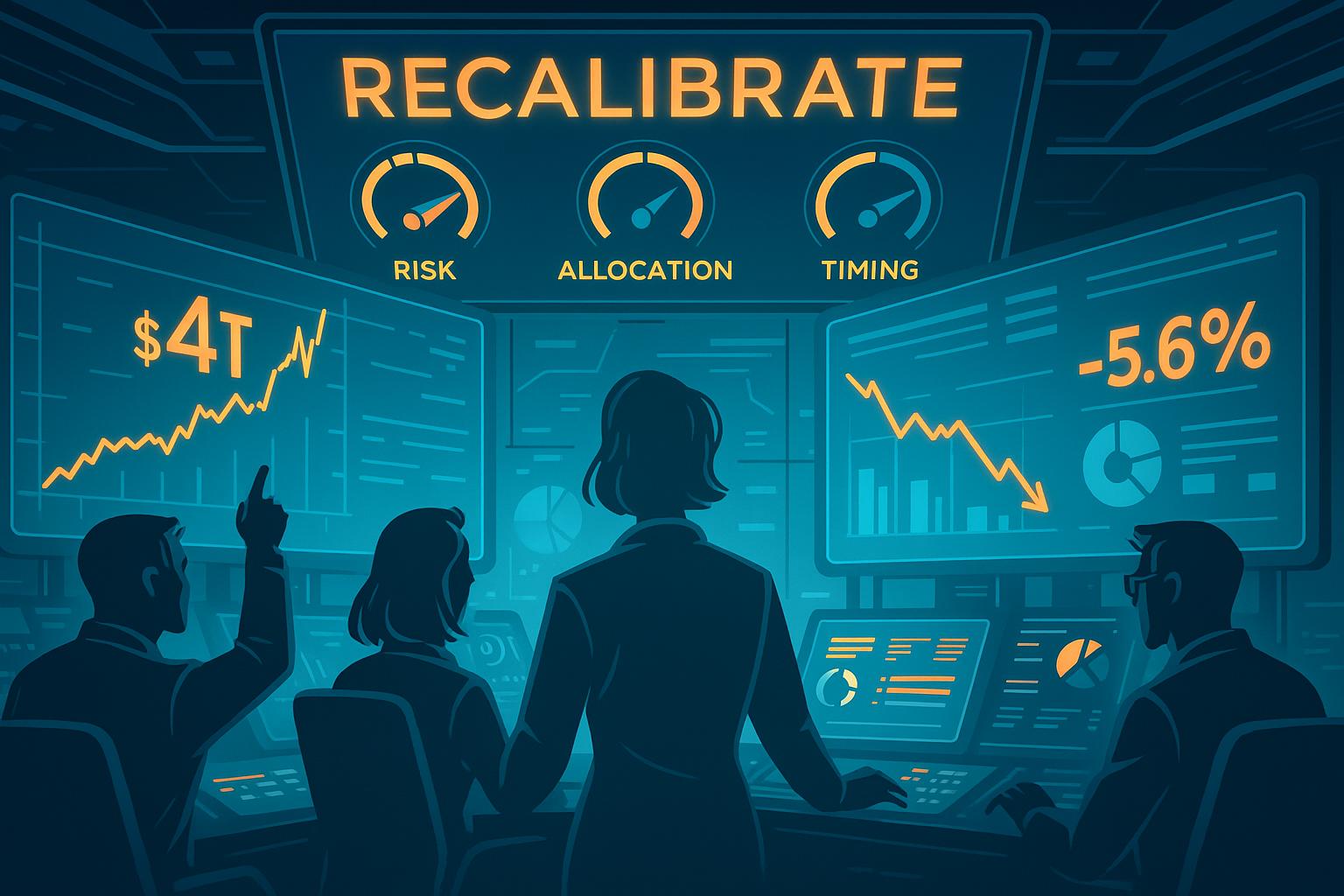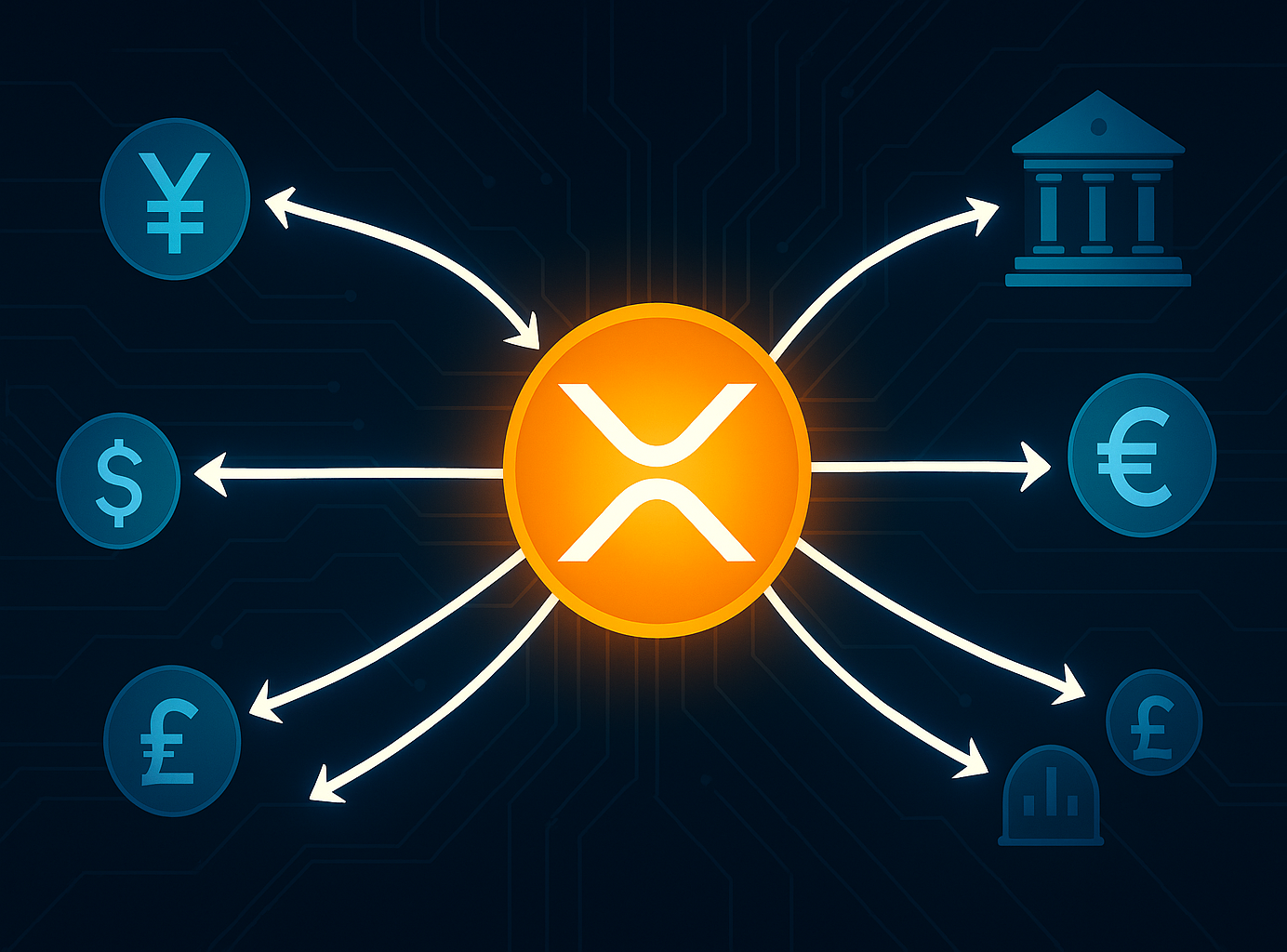Figma Goes Public: A Masterclass in Timing, Product, and the Future of Fintech Design

Today, the
intersection of product design and modern finance got a spotlight.
Figma — the cloud-native collaboration tool used by over 13 million professionals — made its public debut, and the markets responded in full force.
Opening at $85 per share — more than double its $33 IPO price — Figma closed its first day of trading at
$115.50, delivering a stunning
+250% return and valuing the company at
nearly $68 billion.
This wasn’t just a strong IPO. It was one of the biggest tech listings in years, reigniting Wall Street’s appetite for software firms after a long freeze.
💰 IPO By the Numbers
- IPO Price: $33 per share
- Opening Trade: $85
- Closing Price: $115.50
- Implied Market Cap: ~$68 billion
- Capital Raised: ~$1.2 billion
- Major Winners: Index Ventures, Greylock, Kleiner Perkins, and CEO Dylan Field
- Notable Move: Co-founder Evan Wallace donated ~$440M in shares to the Marin Community Foundation
🧠 Why It Mattered — and Why It Blew Past Expectations
1. A Second Chance After Adobe
In 2022, Figma was set to be acquired by Adobe for $20 billion. That deal fell apart under regulatory scrutiny — and many assumed it might be a ceiling on Figma’s trajectory.
Instead, the collapse gave Figma a $1B breakup fee and the opportunity to continue growing independently.
Today’s public debut proves that decision was not just survivable — it was strategic.
2. Design-Led Growth in the AI Era
Figma’s appeal goes beyond UI — it’s a case study in how product infrastructure can become financial infrastructure.
Its expansion into AI-powered features like Make, Buzz, and Draw signals a future where design platforms not only support creation, but also drive business and productivity outcomes at scale.
With 95% of the Fortune 500 already using Figma, this IPO was more about monetizing ubiquity than taking a bet on a trend.
3. A Broader Tech IPO Comeback?
Figma’s listing follows recent momentum in the public markets and may open the door for Databricks, Canva, Reddit, and others sitting on IPO sidelines.
If this is the start of a new cycle, expect macro optimism, risk-on capital, and product-led growth to dominate headlines in H2 2025.
🌍 What This Signals for Web3 & Fintech
Though Figma isn’t a crypto company, its story offers three key lessons for those of us navigating DeFi and Web3:
- Narrative timing matters — Figma waited for regulatory dust to settle and public markets to warm up.
- Vertical dominance leads to pricing power — Figma owns the design stack. DeFi protocols should aim for similar dominance in lending, infra, or stablecoins.
- AI is a credibility multiplier — Investors increasingly reward companies that integrate AI natively and meaningfully.
🧾 Final Take: Wall Street Loves Well-Designed Products
Figma’s IPO wasn’t a fluke. It was the result of multi-year compounding, product-led network effects, and staying true to its audience — even after acquisition fell through.
For founders and builders in crypto, fintech, and beyond:
Design still matters.
Timing still matters.
And the public markets still reward clarity, growth, and great execution.










